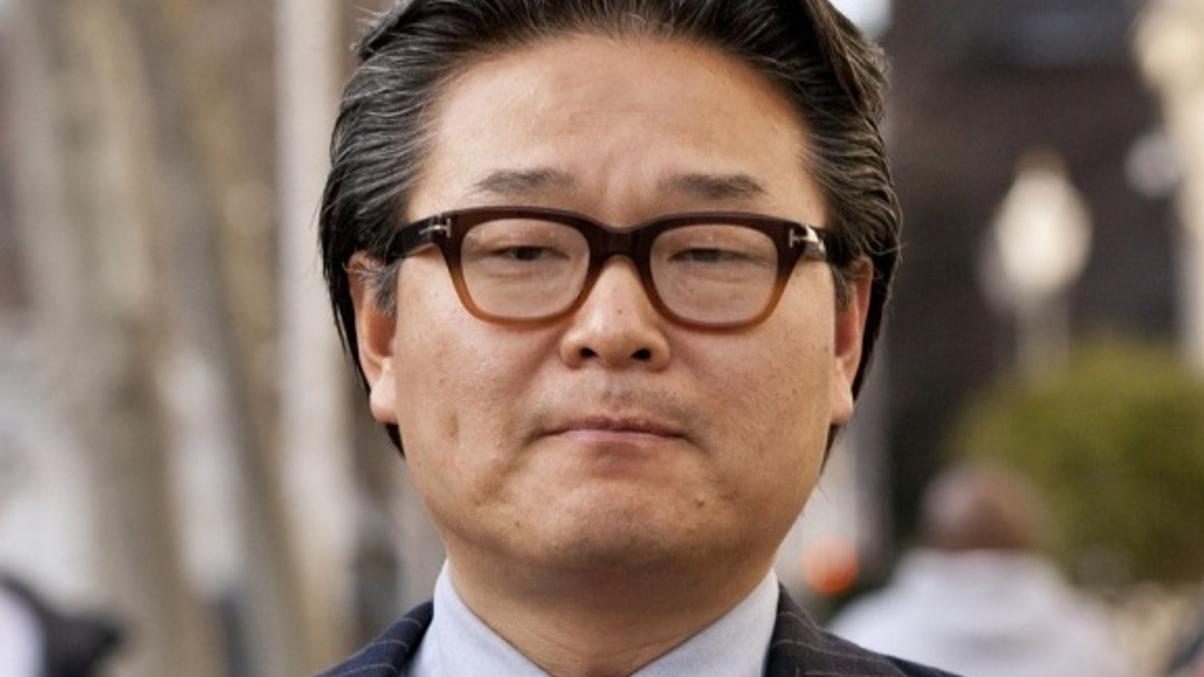UPDATED: Tiger Asia decision raises concerns
The case involving the US hedge fund has caused worries over the use of section 213 of the Securities and Futures Ordinance by Hong Kong's securities regulator.

Tiger Asia lost its final appeal on April 30 in its challenge on the jurisdiction of Hong Kong’s courts to hear this case under section 213 of the Securities and Futures Ordinance.
Sign In to Your Account
Access Exclusive AsianInvestor Content!
Please sign in to your subscription to unlock full access to our premium AI resources.
Free Registration & 7-Day Trial
Register now to enjoy a 7-day free trial—no registration fees required. Click the link to get started.
Note: This free trial is a one-time offer.
¬ Haymarket Media Limited. All rights reserved.


